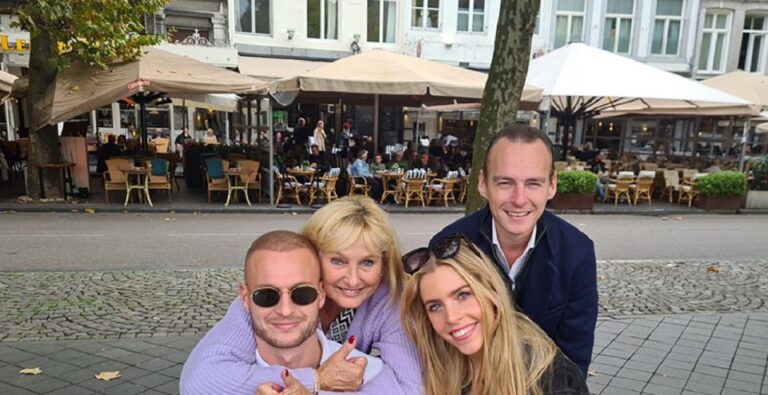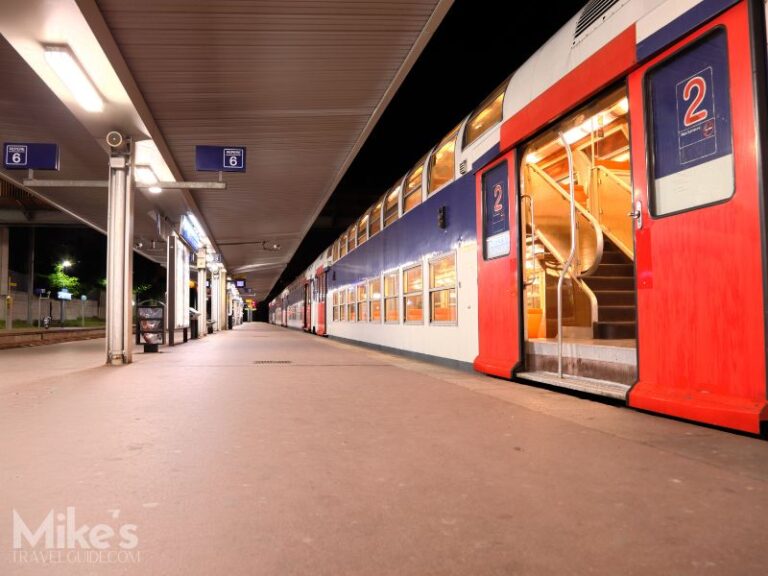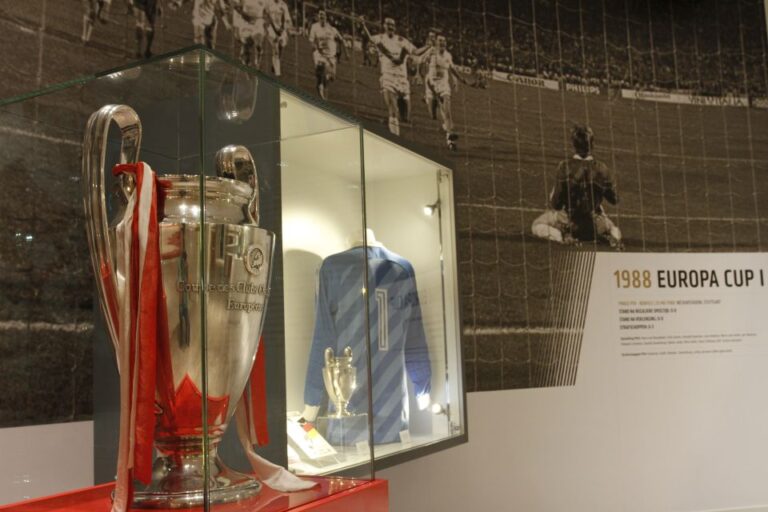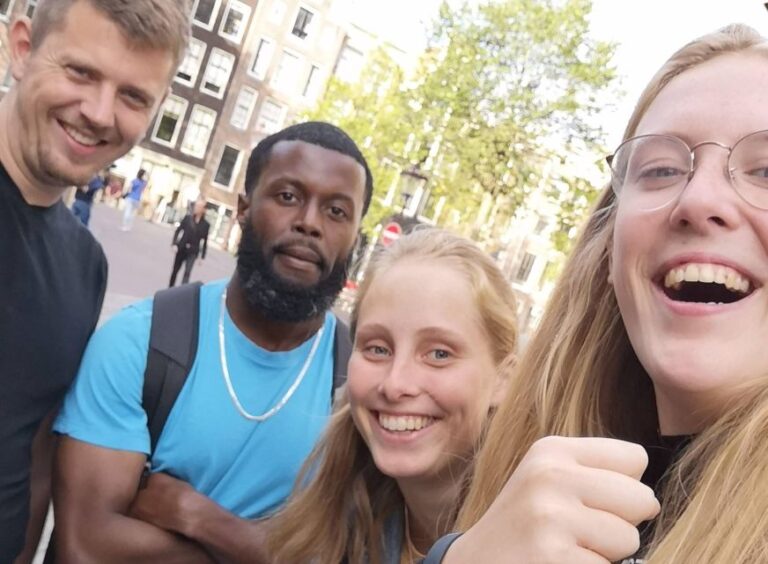The Netherlands has its own unique winter traditions and celebrations that revolve around the legendary figure of Sinterklaas. While Americans are familiar with Santa Claus, the Dutch have their own version of this jolly, gift-giving character. It is believed that the early Dutch settlers in the colony of New Amsterdam (now New York) brought their cultural traditions and holiday celebrations with them, which may have influenced the American image of Santa Claus.
The Origins of Sinterklaas
The Dutch traditions surrounding Sinterklaas have their roots in the festivities honoring Saint Nicholas, the 4th-century bishop of Myra (now Demre, Turkey). Saint Nicholas was known as the patron saint of sailors and fishermen, and his official Feast Day was celebrated on December 6th.
The Modern Sinterklaas Celebration
Today, the tradition of Saint Nick lives on in the modern-day celebration of Sinterklaas. The character of Sinterklaas is depicted wearing the red cape, robe, and mitre of a bishop, and he arrives in the Netherlands by steamboat from his home in Spain. Accompanying him is his loyal helper, Zwarte Piet, and his faithful horse, Amerigo.
Arrival of Sinterklaas
Dutch children eagerly anticipate the arrival of Sinterklaas and Zwarte Piet, much like American children await the arrival of Santa Claus at Christmas. They sing songs and participate in celebratory rituals and traditions associated with the holiday. One common practice, similar to hanging stockings by the chimney, involves Dutch children leaving their shoes out by the hearth or near a doorway. Inside the shoes, they place a carrot or another food item for Amerigo, the horse. Sinterklaas then makes his nighttime rounds from house to house, replacing the food with small gifts or candy for the children.
Pakjesavond: The Eve of Saint Nicholas’ Feast Day
A major highlight of the Sinterklaas celebration takes place on “pakjesavond,” the eve of Saint Nicholas’ feast day. On this special evening, children receive “pakjes,” or larger gifts, from Sinterklaas and Zwarte Piet. In modern times, pakjesavond is not only for children; adults also exchange gifts, often doing so anonymously and accompanied by witty poems.
The Arrival of Sinterklaas in Venlo
In the city of Venlo, Sinterklaas and his many helpers, all known as Zwarte Piet, make a grand entrance by sailing in on the River Maas. A lively crowd of eager children and adults of all ages gathers to welcome them, creating a festive atmosphere filled with excitement and anticipation.
Sinterklaas Traditions and Rituals
Singing Sinterklaas Songs
Dutch children learn special Sinterklaas songs that they sing throughout the holiday season. These songs often tell the story of Sinterklaas and Zwarte Piet and express the children’s excitement about their arrival and the gifts they will receive.
Leaving Treats for Amerigo
Along With leaving their shoes out for Sinterklaas to fill with gifts, Dutch children also leave treats for Amerigo, Sinterklaas’ faithful horse. Carrots, hay, and sugar cubes are common offerings left by the children to show their appreciation for Amerigo’s hard work in helping Sinterklaas deliver presents.
Pepernoten and Speculaas: Traditional Sinterklaas Treats
No Sinterklaas celebration is complete without the traditional treats associated with the holiday. Pepernoten, small, round cookies flavored with anise and cinnamon, are a beloved snack enjoyed by children and adults alike during the Sinterklaas season. Another popular treat is speculaas, a spiced shortcrust biscuit often shaped using wooden molds depicting scenes from the Sinterklaas story.
The Significance of Zwarte Piet
Zwarte Piet, or Black Pete, is an essential character in the Sinterklaas tradition. Depicted with a black face, curly hair, and colorful clothing, Zwarte Piet is said to be Sinterklaas’ helper, assisting him in delivering gifts and treats to children. The appearance of Zwarte Piet has become a topic of debate in recent years, with some viewing the character as a controversial remnant of colonial-era racial stereotypes. Efforts have been made to modernize the appearance of Zwarte Piet and make the tradition more inclusive.
Sinterklaas in Popular Culture
The Sinterklaas tradition has been featured in various forms of Dutch popular culture, including children’s books, television shows, and movies. These stories often depict the adventures of Sinterklaas and Zwarte Piet as they prepare for and celebrate the holiday season. Some popular Sinterklaas-themed media include the children’s book series “Sinterklaas Kapoentje” by Cornelis Jetses and the television show “Het Grote Sinterklaasfeest” (The Great Sinterklaas Party).
Comparing Sinterklaas to Santa Claus
While Sinterklaas and Santa Claus share some similarities, such as their gift-giving nature and the timing of their celebrations, there are also notable differences between the two figures. Sinterklaas is a more religiously-rooted character, with his origins tied to the historical Saint Nicholas, while Santa Claus has evolved into a more secular figure. Plus, Sinterklaas is celebrated on December 5th and 6th, whereas Santa Claus is associated with Christmas Eve and Christmas Day.
The Sinterklaas tradition is a cherished part of Dutch culture, bringing joy and excitement to children and adults alike during the winter season. As you explore the Netherlands during this time of year, take the opportunity to learn about the unique customs and celebrations surrounding Sinterklaas. Join in the festivities, sample the traditional treats, and embrace the magic of this beloved Dutch holiday.




